
The terrestrial environment
What are Antarctic terrestrial-based ecosystems like? What sorts of plants and animals can survive in such an inhospitable environment?
Warm up
Look at this photograph and note down any ideas you may have about the environmental conditions to which plant and animal life would have to be adapted in order to survive in these settings.
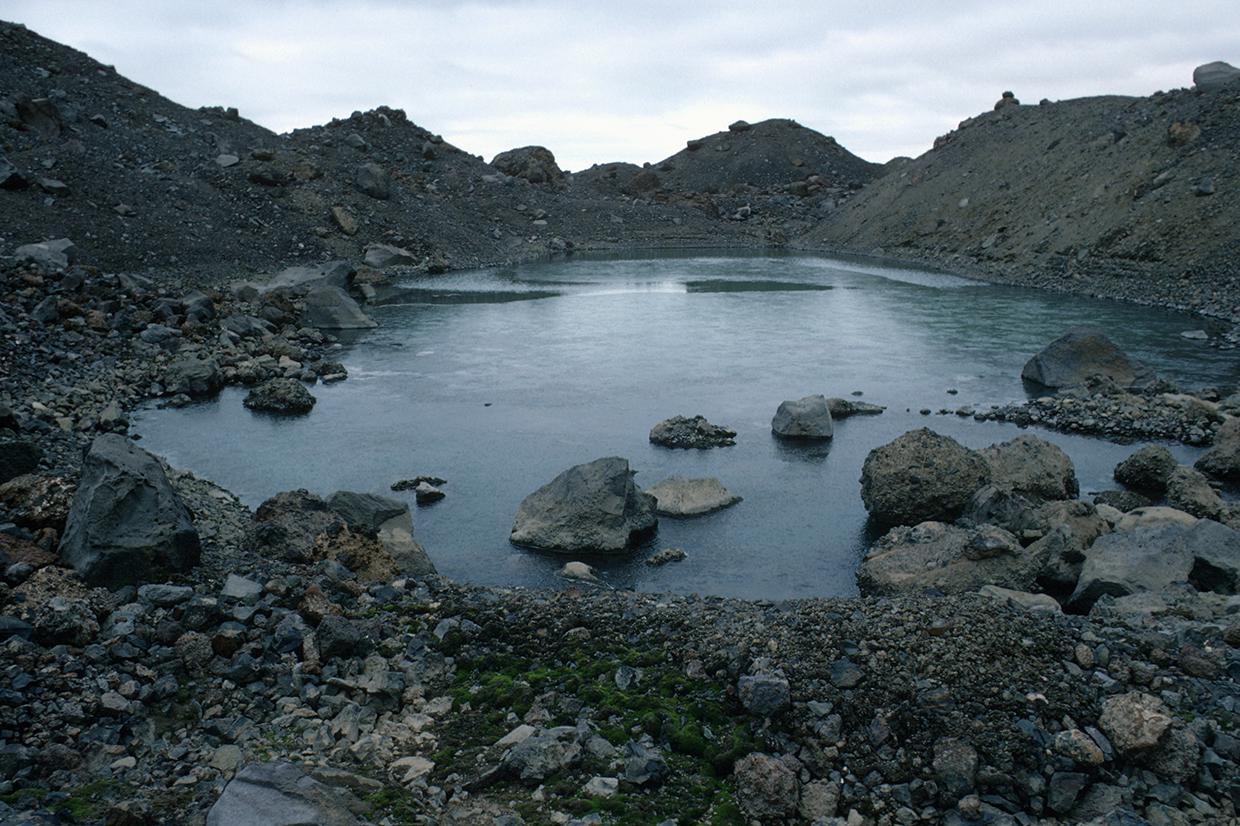
Despite the rocky and barren appearance of this landscape, it contains plants and animals and provides an example of an Antarctic ecosystem. The photograph, taken in the Peninsula region, shows a lacustrine ecosystem and some vegetation cover in the form of mosses along its shore.
The terrestrial ecosystems discussed in this section are those which are not reliant on the productivity of the ocean. They include ecosystems on land as well as in lakes, and are discussed below according to the areas where they are found:
-
Continental interior
-
Coastal areas and the Peninsula
-
Sub-Antarctic islands
As described in the previous section, these ecosystems have very low productivity, and hence they are characterised by low biomass, short food chains, low species diversity, and small organisms. While large animals are seen in coastal areas of Antarctica, especially penguins and seals, it is important to remember that these animals rely on the sea for their sustenance: they are part of the marine ecosystem.
Through studying the terrestrial ecosystems of the South Polar Region, scientists can learn much about ecosystems in general. The simplicity of the ecosystems found in Antarctica makes it easier to study certain processes in isolation, such as the interaction of specific organisms with the physical environment and with each other; and much can be learnt about adaptations that make life possible under some of the harshest conditions on the planet.
Cold facts
In the interior of Antarctica organisms have to contend with the coldest and driest conditions in the world, and only the hardiest organisms are able to survive here. Low temperatures and lack of moisture also means that the release of nutrients through rock weathering and processes of soil development are extremely limited. Nonetheless, some primary production occurs in the ice free zones, primarily by various types of bacteria, algae, lichens, and mosses. The fact that there is some productivity means that there can also be some decomposer and consumer organisms such as fungi and small invertebrates. Consumer organisms found in the interior include:
-
protozoa (single celled micro-organisms)
-
rotifers (small, cylindrical animals usually less than 0.5mm long)
-
tardigrades (small, segmented animals approximately 1mm long, also called ‘water bears’)
-
nematodes (a type of microscopic worm, also known as ’roundworms’)
Lichens
Lichens, the most ubiquitous organisms in the interior, are made up of algae and fungi living in association with each other, and this gives lichens some unique advantages for growing in harsh conditions. The algal part of the lichen is able to photosynthesise when conditions permit, and the fungal part is able to aid in the collection of nutrients – either from blowing dust or from the surface on which the lichen grows. As lichens don’t have roots as higher plants do, they are able to grow directly on rocks; and they can effectively ‘shut down’ their metabolism and remain undamaged for long periods while conditions are too harsh for growth. It has even been shown by sending some species of lichens up into Earth orbit that they can survive exposure to the full vacuum of space for several days and still grow when brought back to Earth! Some lichens can photosynthesise at air temperatures below -10°C, and there are over a hundred different species of lichens found in continental Antarctica.
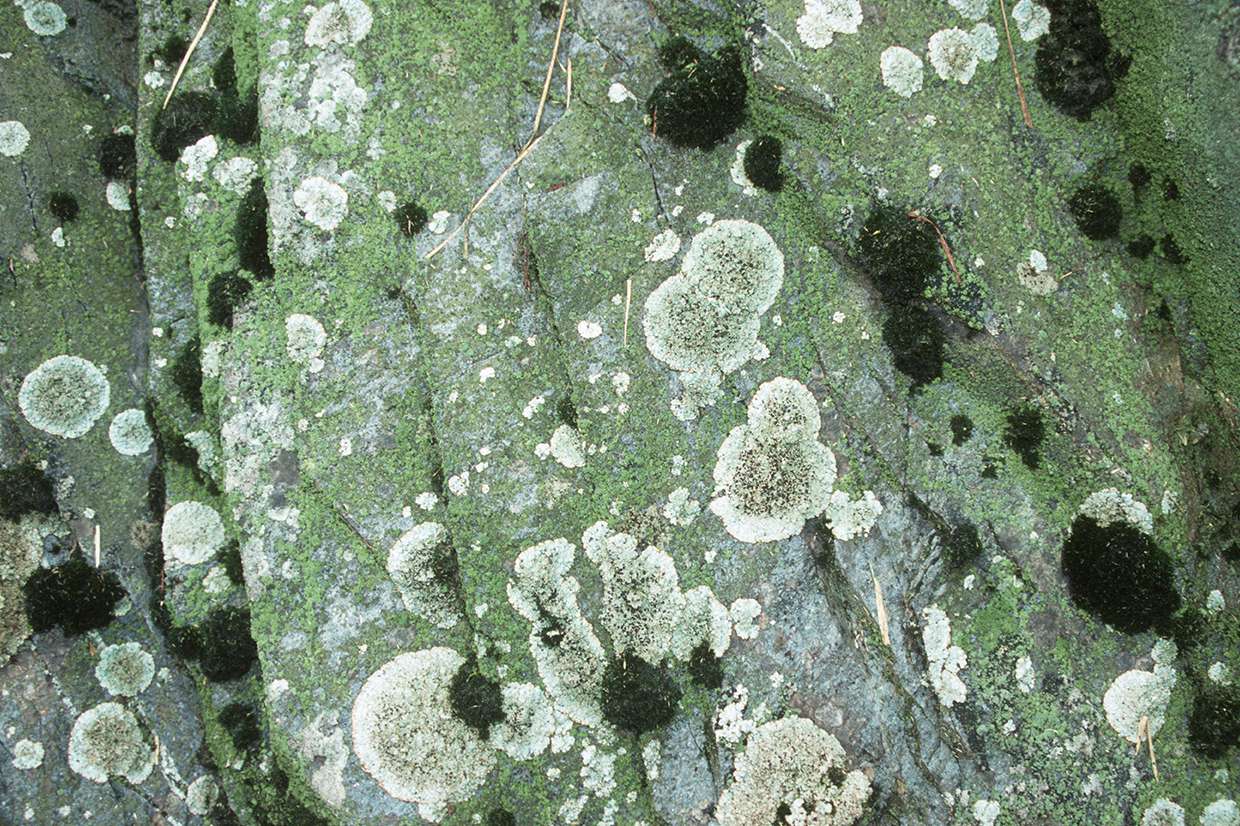
Endolithic ecosystems
A fascinating and unique feature of the interior is the existence of endolithic ecosystems. As a strategy for avoiding desiccating winds and moderating the temperature and moisture conditions of their living space, cyanobacteria (photosynthesising bacteria), algae, lichens, and fungi have evolved to grow within pore spaces and cracks inside various kinds of rock. They form layers of growth inside the rock near enough to the surface to obtain light for photosynthesis. This is shown in the photograph below which is a rock sample taken from the Dry Valleys area of Victoria Land.

Plants on the coast
Moving to the coast, the less extreme conditions allow for higher levels of productivity and a greater diversity of species, especially along the western coast of the Peninsula which is warmest part of the continent. Mosses in particular become more abundant, especially in wetter areas, and there are two higher plants (vascular plants) that can survive south of 60°S: Antarctic Hair Grass and Antarctic Pearlwort. These plants show an adaptation in reproductive processes to cope with the very limited growing season: they can flower in one summer, go dormant, and then continue with seed development and germination a year later

Other producer organisms
Other producer organisms include a wider variety of both lichens and algae than found in the interior, and there are also more fungi and invertebrate animals, including earthworms and molluscs. The most abundant arthropods are mites and springtails, and the largest (found on the Antarctic Peninsula) is the flightless midge which is 3 to 4mm long. The arthropods are able to accumulate antifreeze chemicals in their bodies that prevent them from freezing, with some species, such as springtails, able to tolerate temperatures below -25°C.

Lacustrine ecosystems
Lacustrine ecosystems can be divided into two main types: those associated with lakes that are either permanently or seasonally frozen. The permanently frozen lakes can contain cyanobacteria which grow into mats in shallow areas where light can penetrate the ice; and small invertebrates, such as tardigrades, are found feeding on these mats. Lakes that are occasionally ice free are more productive, containing a wider range of producer organisms (predominantly algae and mosses). The largest animal found in Antarctic lakes is the fairy shrimp, a type of crustacean with a length of about 2cm. Most of these lakes are nutrient poor; but where there are groups of seals, penguins or other birds, runoff into a lake containing their excrement can create a high nutrient status and lead to algal blooms on the surface of the lake – to the detriment of mosses and other types of organisms that live deeper in the water column.
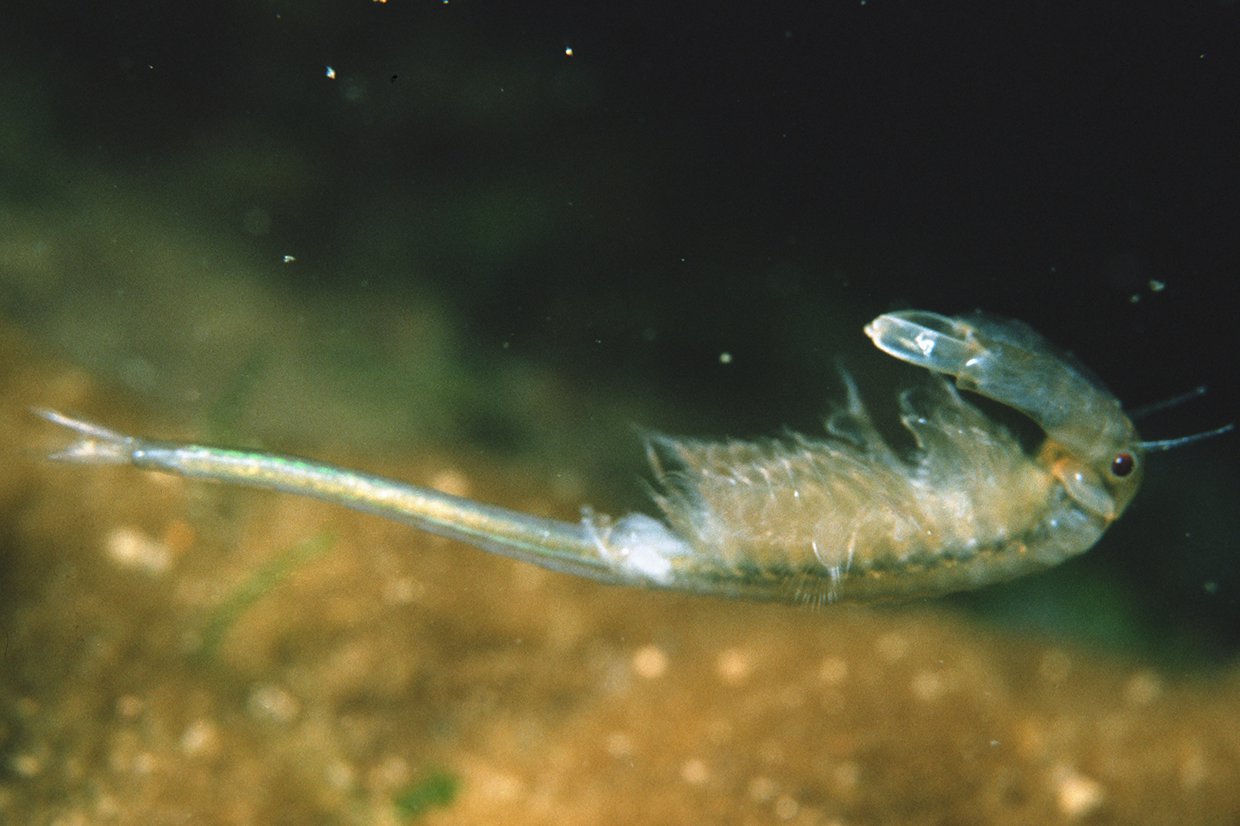
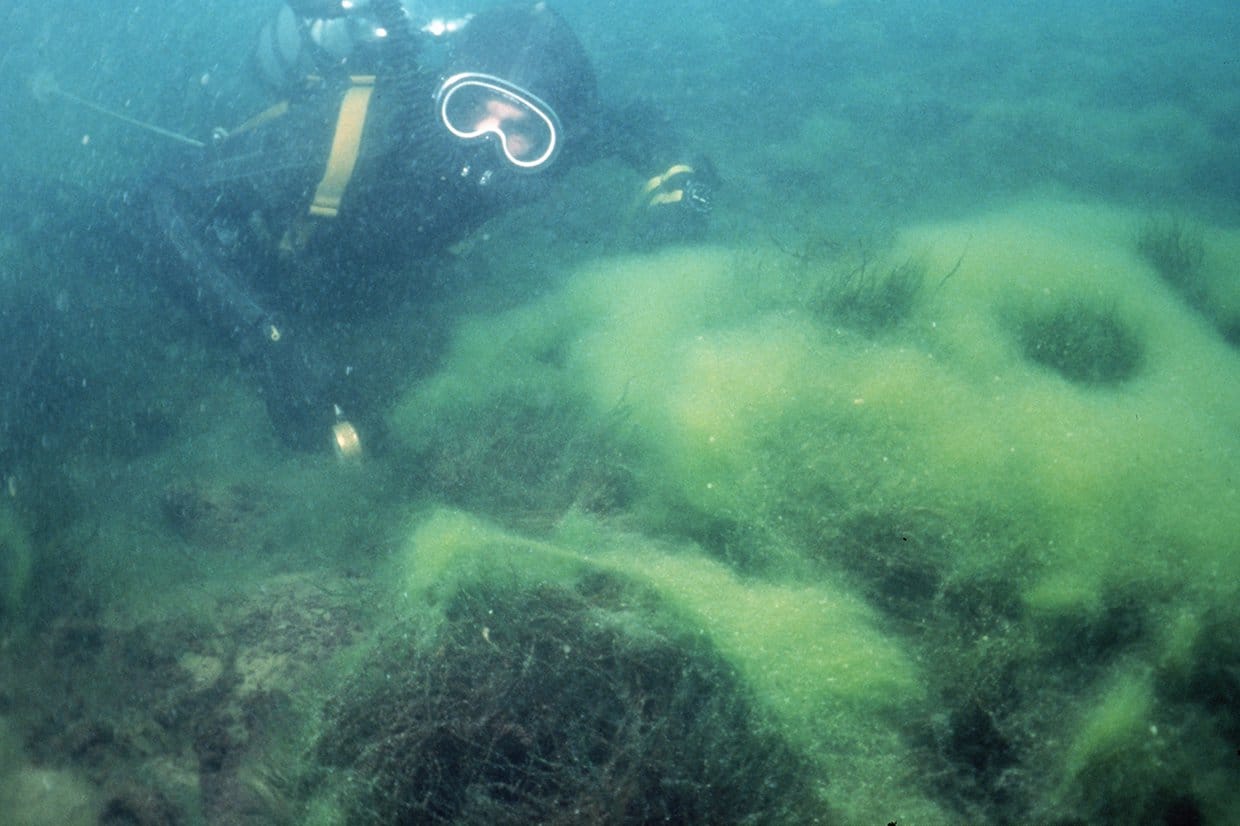
Vegetation of the sub-Antarctic
In the sub-Antarctic islands, such as South Georgia and the South Sandwich Islands, productivity is higher than on the continent, and vegetation cover is much more extensive. In addition to the lichens, mosses, liverworts, and the two vascular plants found on the Antarctic Peninsula, tussock grass forms a dominant part of the vegetation.
There is also a wider diversity of animals with many more insects represented in the sub-Antarctic (for example beetles and spiders). Productivity is high enough to support vertebrate animals; although because of the geographical isolation of islands in the Southern Ocean, none of the vertebrate land animals arrived naturally. With the exception of some endemic birds, the vertebrates found on the islands today have all been brought from elsewhere by people. South Georgia for example now has reindeer, rabbits, rats, and mice. Some of the impacts associated with ‘alien species’ introductions on the native flora and fauna are discussed in Ecosystem change and exploration.
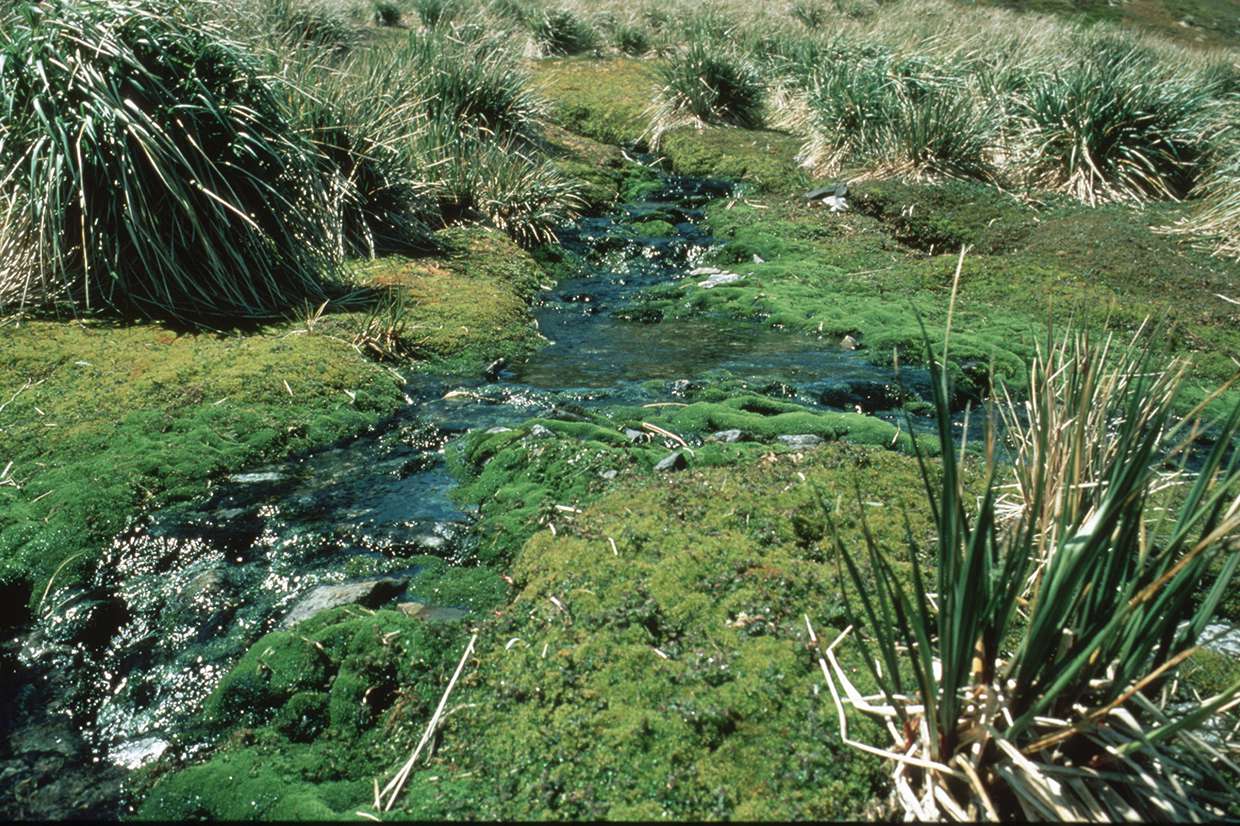
Student activity
With reference to the text above and the links below, do the following:
-
Make a table with two columns, producer and consumer, and provide some examples of organisms found in Antarctica that fall into these two categories. (Exclude the sub-Antarctic.)
-
Choose some examples of terrestrial organisms found in Antarctica and describe the specific adaptations that enable your selected organisms to survive.
-
Write a paragraph or two to discuss what can be learnt from the study of Antarctic terrestrial ecosystems.






